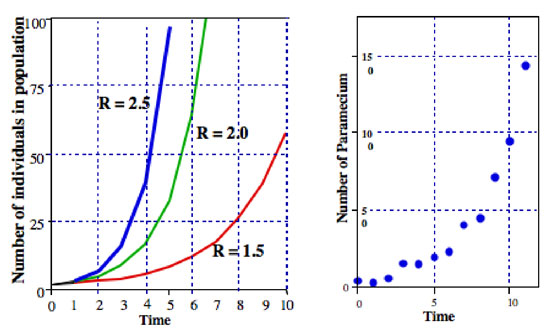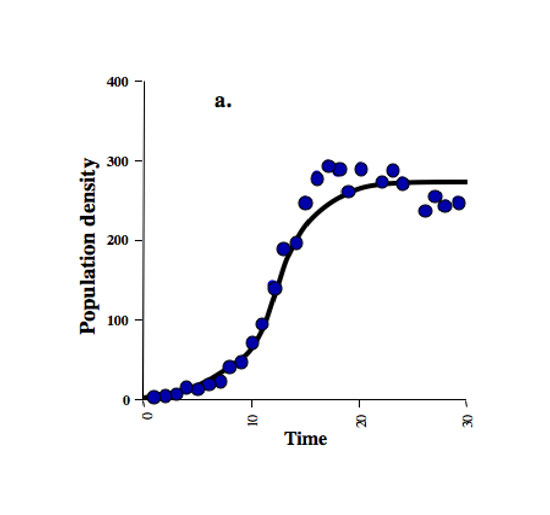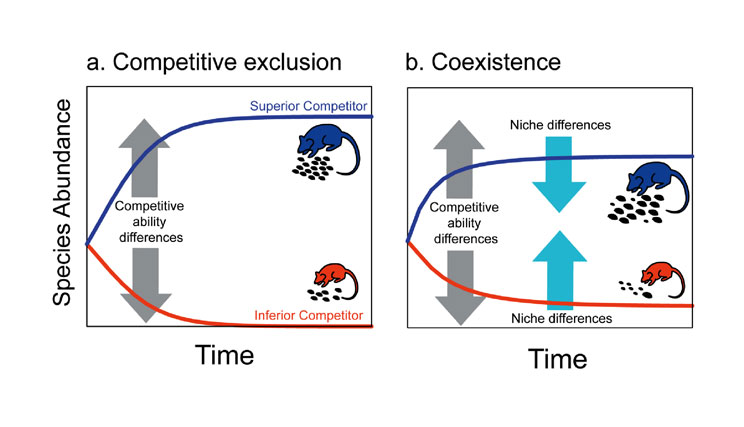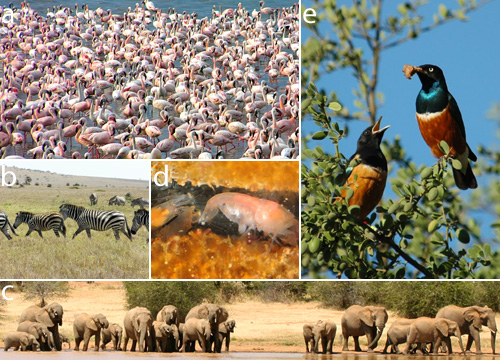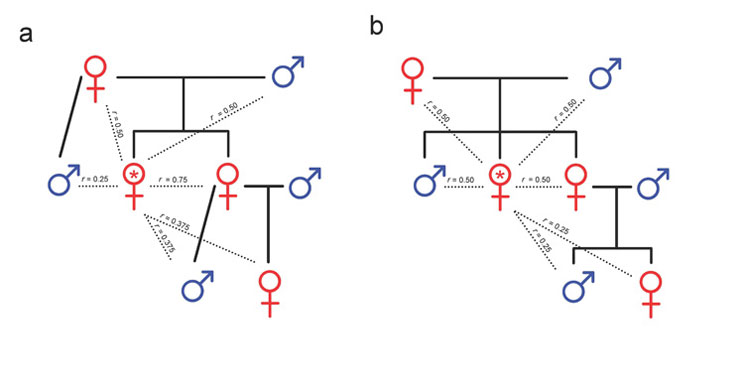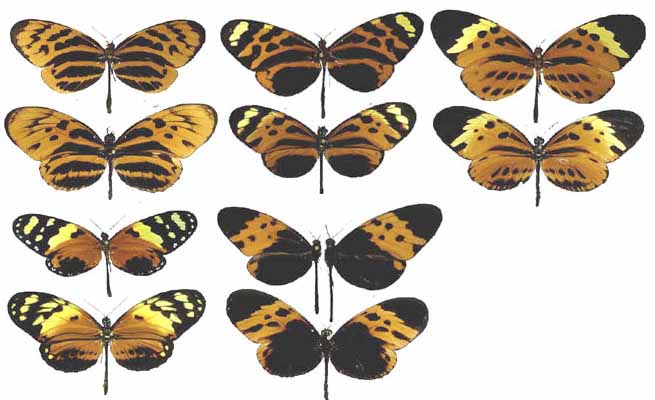Here are a few tips to help you along the way...
Some components of a thorough experimental design:
A research question based on your field observations - Does your question have a practical application? Is it testable?
A clear hypothesis - A predictive and informed statement, NOT a question.
Independent variables - The manipulated variable or treatment, presumably the "cause".
Control treatment - The non-manipulated treatment that serves as the experiment's baseline.
Dependent variables - Response variable(s) that are measured, presumably the "effect". Do not forget to include units of measurement, such as weight (oz., lb.), time (sec., min.), etc.
Standardized variables - These are other factors or variables that could fluctuate/differ and affect your results, but are not relevant to your research question. Extraneous conditions not relevant to your hypothesis should be constant throughout all of the treatments; this helps isolate the effects of the independent (manipulated) variable on the dependent variable.
Replication - What is your level of replication? How many times will you do the experiment or how many individuals will you include to get a representative sample size?
Methods - Your experimental design should be repeatable to anyone who picks up your field report. Make sure you clearly identify all of the above terms in your experimental design. Your design must have all of those components!
Expected results - Because your hypothesis is a predictive statement based on your field observations, you probably have an idea of what the outcomes of the experiment might be. What do you expect to observe that will allow you to accept or reject your hypothesis? If you are familiar with statistics and know an appropriate statistical method for your data analysis you may include that, but statistics are not mandatory.
Use those key terms when designing your experiment and writing your report! Uncertain your organism or question is appropriate? Feel free to email me before Wednesday (Feb. 1) or ask me before/after recitation.
Field report formatting requirements for Laura's sections:
1-3 pages (more than 3 pages will not be read or graded!)
Double spaced
12pt Times New Roman or Arial font
1-inch margins
Print double sided (preferred)
Stapled
Document header: student name and section #
Document footer: page #
Recitation study tip:
Look over the "Autecology - Glossary of Terms" in your packet. Try highlighting or putting a mark next to words that sound familiar. Revisit this glossary in a week and see if you can highlight any more words. This brief study method should help you prepare for your recitation QUIZ in two weeks (Feb. 6 or 7). By the time you have your quiz, all of the words in your packet will be highlighted/checked!
 For the tech savvy sea-life eating of the bunch, Seafood Watch has recently gone digital!
For the tech savvy sea-life eating of the bunch, Seafood Watch has recently gone digital! 










